The islands that roofed the world
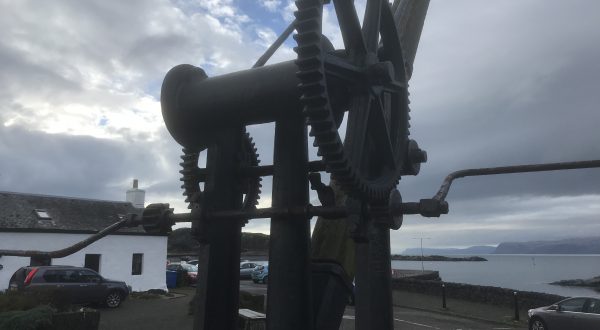
Please Support Us!
For 20 years the Scottish Slate Islands Heritage Trust has worked to inform and educate the public about the former slate industry together with the life and times of the people living on the Slate Islands. Please help us to
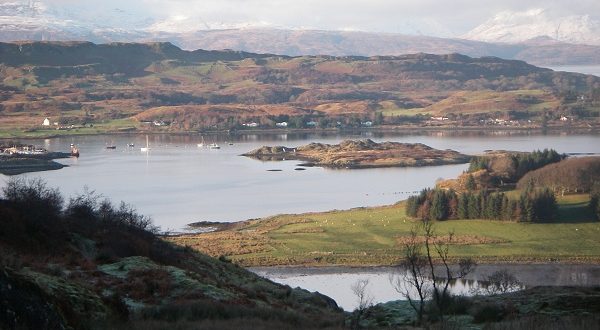
Seil
Seil, the most Northerly of the Slate Islands, is connected to the mainland by a small single-arched bridge dating from 1792 known as ‘The Bridge over the Atlantic’. The bridge is a vital link, keeping the island populated and vibrant.
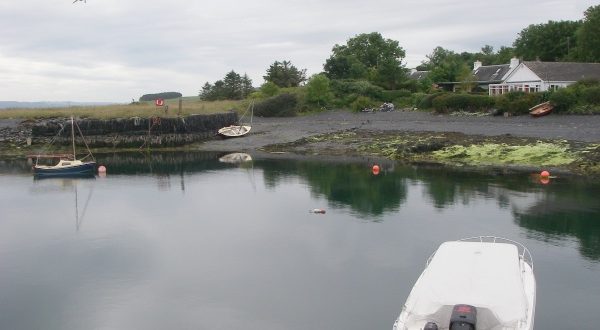
Luing
Luing is the largest of the Slate Islands and had a population of over 600 in the late 1800s, but nowadays the island is inhabited by barely 200 people. Toberonochy and Cullipool were once centres of the Slate industry and
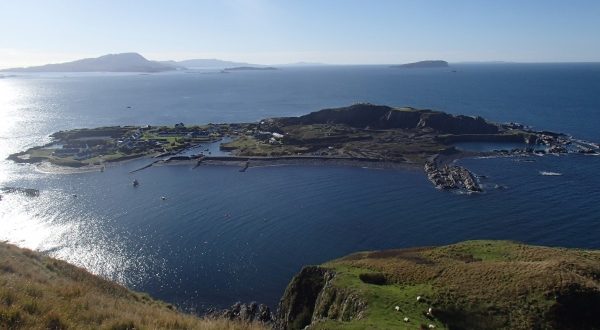
Easdale
Easdale Island is small in area, but was the centre of the Scottish slate industry for almost three centuries. At the peak of the slate mining industry Easdale had a community of more than 500 working as many as seven quarries.
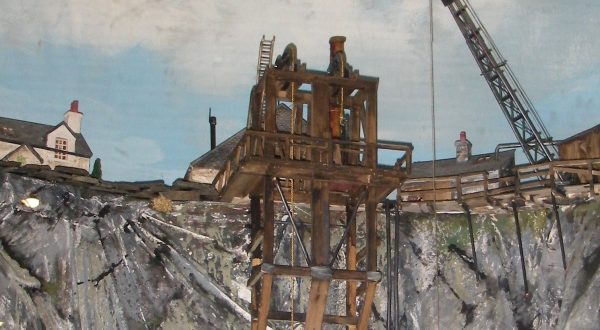
Roofing the World
Off the West coast of Argyll, in the Sound of Lorn a few miles South of Oban, lie the slate islands. One of the smallest of these Easdale, was so rich in deposits of slate rock that it became the
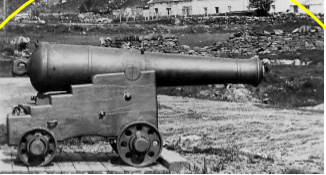
Artillery
For almost half a century Artillery Volunteers stood guard over the Slate Islands. They were part-time soldiers. Easdale’s quarrymen formed two companies of artillery, each with fifty men, two massive guns and a drill hall – one at Ellenabeich and



